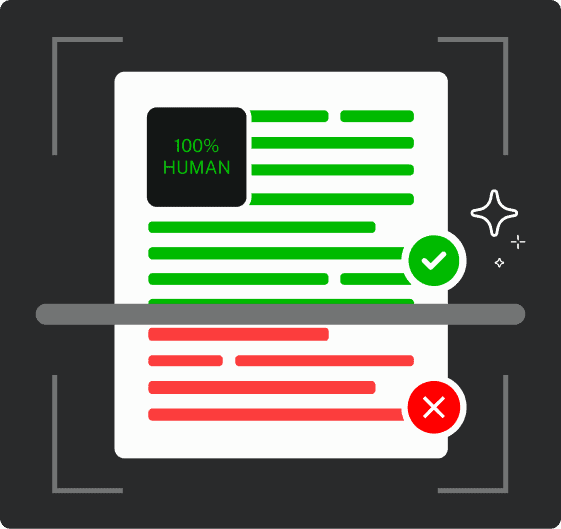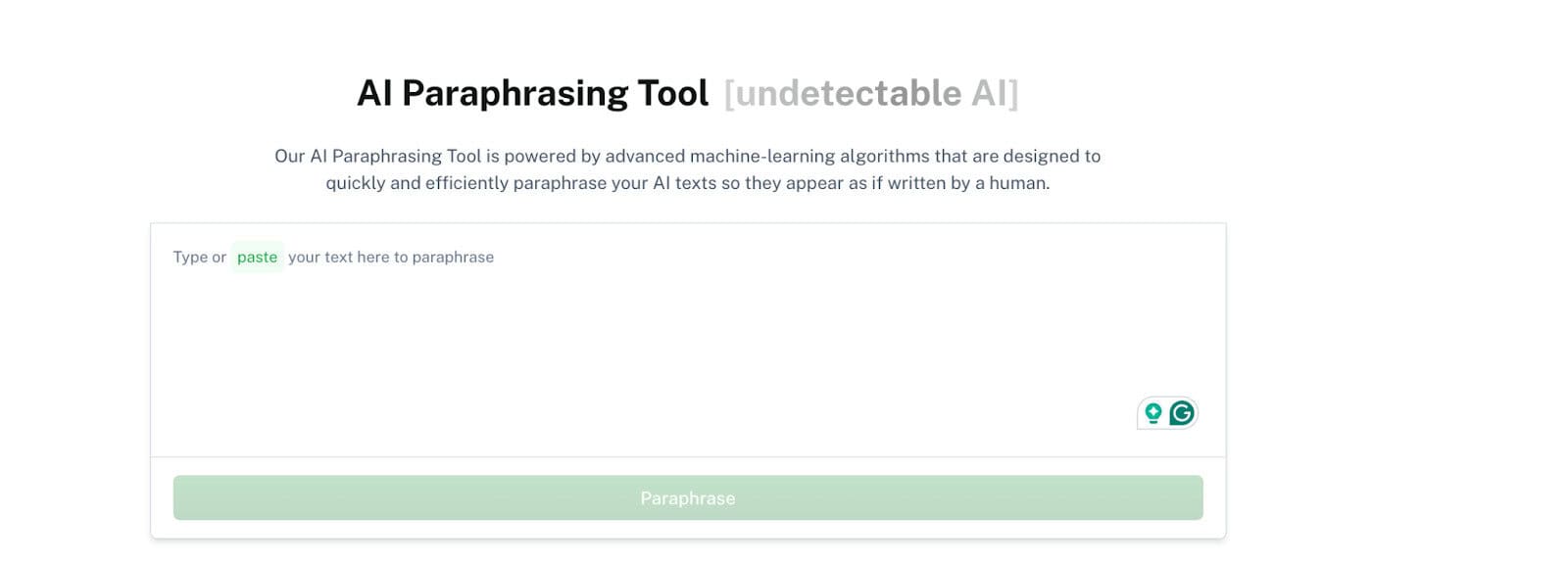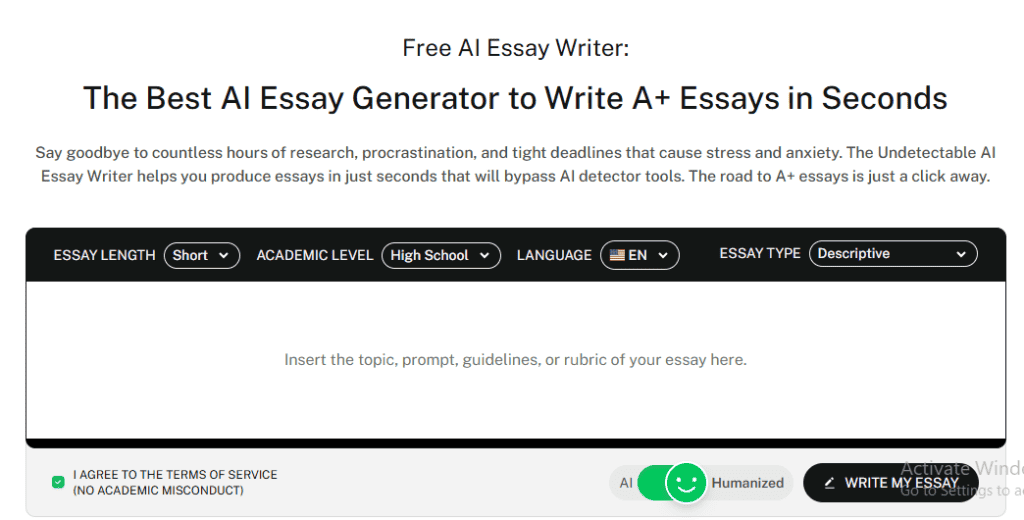We’ve published many articles and guides that highlight the “unsung heroes” of grammar.
From irregular verbs to brackets and parentheses, these linguistic heroes don’t get enough attention.
But there’s this one object that simply outshines all these underdogs, and it’s called an indirect object.
See, when we watch a movie, most applaud the main character, right?
But what about those who helped us get to the end of the story?
The Yodas, the Hermiones, the Samwise Gamgees.
Every single one of them is vital to the story.
The same goes for indirect objects. Remove them in a sentence, and the sentence will no longer make sense.
In essence, they are the supporting actors.
A grammar element that brings in the fun, while its counterpart (the subject) brings in the action.
Learning to spot and use indirect objects will help you write with precision and clarity.
Let’s look into the world of indirect objects—what they are, how to spot them, and how to use them like a pro.
What Is an Indirect Object?
An indirect object is the receiver of the direct object in a sentence. It answers the questions “to whom?” or “for whom?” the action is performed.
Unlike direct objects, which receive the action directly from the verb, indirect objects are the recipients of whatever the direct object is.
Think of it like this: If I give a book to my friend, “book” is what I’m giving (direct object), and “friend” is who receives it (indirect object).


Never Worry About AI Detecting Your Texts Again. Undetectable AI Can Help You:
- Make your AI assisted writing appear human-like.
- Bypass all major AI detection tools with just one click.
- Use AI safely and confidently in school and work.
Indirect objects always work alongside direct objects and can’t exist independently.
If there’s no direct object in the sentence, there can’t be an indirect object either.
Here’s a simple formula to remember:
- Subject + Verb + Indirect Object + Direct Object
For example:
- She (subject) gave (verb) him (indirect object) a gift (direct object).
- Mom (subject) baked (verb) me (indirect object) a cake (direct object).
- The teacher (subject) assigned (verb) us (indirect object) homework (direct object).
Notice that the indirect object precedes the direct object in these sentences.
This is the canonical syntactic ordering in English, though as we’ll see later, alternative constructions, like prepositional phrases, can also encode these grammatical relationships.
How to Identify an Indirect Object in a Sentence
Finding indirect objects can be tricky at first, but with practice, they’ll begin to stand out.
Especially once you’re familiar with their role in a sentence’s argument structure hierarchy.
Here’s a step-by-step method to spot them:
- Find the verb in the sentence.
- Ask “what?” or “whom?” after the verb to find the direct object.
- Ask “to whom?” or “for whom?” to identify the indirect object.
Let’s try this with a few examples:
“Mark sent Sarah a letter.”
- Verb: sent
- What did Mark send? A letter (direct object)
- To whom did Mark send the letter? Sarah (indirect object)
“The chef cooked the guests a fantastic meal.”
- Verb: cooked
- What did the chef cook? A fantastic meal (direct object)
- For whom did the chef cook the meal? The guests (indirect object)
A few key pointers to remember:
- Indirect objects are typically nouns or pronouns
- They usually appear between the verb and direct object
- They don’t follow prepositions (if you see “to” or “for,” that’s a prepositional phrase, not an indirect object)
- Not all sentences have indirect objects
It’s helpful to remember that indirect objects are typically people or animals, which are entities capable of receiving something.
While this isn’t a hard rule, it’s a useful starting point.
Indirect Object vs. Direct Object
Let’s break down the differences distinguishing direct and indirect objects.
Definitions Side by Side
| Direct Object | Indirect Object |
| Receives the action of the verb directly | Receives the direct object |
| Answers “what?” or “whom?” | Answers “to whom?” or “for whom?” |
| Can exist without an indirect object | Cannot exist without a direct object |
| Can be a person, place, thing, or idea | Usually a person or animal |
Comparison Chart
| Feature | Direct Object | Indirect Object |
| Position | Usually follows the verb | Usually between verb and direct object |
| Necessity | Required with transitive verbs | Optional |
| Prepositions | Doesn’t follow prepositions | Can be converted to a prepositional phrase |
| Questions | What? Whom? | To whom? For whom? |
| Passivity | Can become the subject in passive voice | Cannot become the subject in passive voice |
Example Sentences Using Both
Let’s see direct and indirect objects working together:
- “Dad bought me a bicycle.”
- Direct object: bicycle (What did Dad buy?)
- Indirect object: me (For whom did Dad buy the bicycle?)
- “The librarian recommended her a good book.”
- Direct object: book (What did the librarian recommend?)
- Indirect object: her (To whom did the librarian recommend the book?)
- “The chef served the customers delicious pasta.”
- Direct object: pasta (What did the chef serve?)
- Indirect object: customers (To whom did the chef serve the pasta?)
- “She told us an interesting story.”
- Direct object: story (What did she tell?)
- Indirect object: us (To whom did she tell the story?)
The relationship between these objects is like a package delivery: the direct object is the package, and the indirect object is the recipient.
Common Verbs That Take Indirect Objects
Some verbs naturally invite indirect objects. These are typically ditransitive verbs, which involve giving, communicating, or providing something to someone.
Here’s a list of common verbs that often take indirect objects:
- Give: She gave me a present.
- Tell: He told them a joke.
- Send: We sent her a letter.
- Show: They showed us the way.
- Offer: The company offered him a job.
- Buy: I bought my sister a necklace.
- Bring: She brought us coffee.
- Hand: He handed them the documents.
- Teach: The professor taught us grammar.
- Write: I wrote her a poem.
- Make: Mom made me a sandwich.
- Pay: We paid them a compliment.
- Promise: She promised me a reward.
- Read: Dad read the children a story.
- Sell: The dealer sold him a car.
- Serve: The waiter served us dinner.
- Lend: Can you lend me your pen?
- Pass: Please pass me the salt.
- Ask: She asked me a question.
- Sing: The performer sang us a ballad.
These verbs aren’t exclusively used with indirect objects, but they often create situations where someone receives something.
Examples of Indirect Objects in Sentences
Let’s look at indirect objects in various contexts to really understand how they function:
Literature:
- “The prince gave Cinderella a glass slipper.”
- “Gatsby threw his guests extravagant parties.”
Business:
- “Our team sent the client a detailed proposal.”
- “The manager offered her employees a bonus.”
Everyday conversation:
- “Can you pass me the remote?”
- “I’ll make you dinner tonight.”
Academic writing:
- “The professor assigned students extra reading.”
- “The research granted scientists new insights.”
Notice how, in each case, the indirect object (underlined) receives the direct object from the subject.
Practice: Identify the Indirect Object
Test your understanding with these examples. Can you spot the indirect objects?
- The chef baked the birthday girl a special cake.
- My friend lent me his favorite book.
- The politician promised voters lower taxes.
- Our neighbor brought us homemade cookies.
- The company sent their customers a survey.
Answers:
- birthday girl
- me
- voters
- us
- customers
How did you do? Remember, indirect objects answer “to whom?” or “for whom?” the action was performed.
How to Rewrite Sentences With Indirect Objects
One of the beauties of English grammar is its flexibility. Sentences with indirect objects can often be rewritten in different ways without changing the meaning.
Say you’re paraphrasing your essay, you might go from:
Original: “She gave him a gift.”
Rewritten: “She gave a gift to him.”
The first sentence uses the standard indirect object placement (between verb and direct object).
The second converts the indirect object to a prepositional phrase starting with “to” or “for.”
More examples:
- Original: “The teacher assigned us homework.”
Rewritten: “The teacher assigned homework to us.”
- Original: “Mom baked me a cake.”
Rewritten: “Mom baked a cake for me.”
- Original: “The company offered John a position.”
Rewritten: “The company offered a position to John.”
When should you use each form? The version with the indirect object before the direct object often aligns with everyday speech.
The prepositional phrase version, on the other hand, can be useful for emphasizing the recipient or when the direct object is shorter than the indirect object.
For example:
- “She gave all the students who passed the final exam a special certificate.” (Awkward)
- “She gave a special certificate to all the students who passed the final exam.” (Better)
Common Mistakes With Indirect Objects
Here are the most common pitfalls and how to avoid them:
- Confusing indirect objects with objects of prepositions
- Incorrect identification: “I sent a letter to John.” (In this sentence, “John” is actually the object of the preposition “to,” not an indirect object)
- Correct indirect object: “I sent John a letter.” (Now “John” is the indirect object)
- Assuming every sentence needs an indirect object
- Not every sentence requires or can have an indirect object
- “She ate dinner” has a direct object but no indirect object
- Misplacing pronouns
- Incorrect: “She gave it me.”
- Correct: “She gave me it.” or better: “She gave it to me.”
- Using incorrect pronoun cases
- Incorrect: “The teacher assigned homework to I and my partner.”
- Correct: “The teacher assigned homework to me and my partner.”
- Double-marking with prepositions
- Incorrect: “She gave to him a book.”
- Correct: Either “She gave him a book.” or “She gave a book to him.”
Remember: When you use the standard indirect object placement (between the verb and direct object), don’t include the prepositions “to” or “for.”
How to Never Get Indirect Objects Wrong Again
Mastering indirect objects doesn’t have to be a struggle.
Undetectable AI offers tools that can help perfect your grammar while teaching you the principles behind it.
Paraphrasing tool

Stuck with a clunky sentence? The Undetectable AI Paraphrasing Tool instantly restructures your writing to fix object placement without sounding robotic.
Built with cutting-edge machine learning algorithms, it reformulates sentences so they read like a fluent human wrote them, perfect for grammar polishers and clarity junkies alike.
Say you wrote:
“The company offered to the new employee a competitive salary package.”
The tool will give you smoother alternatives like:
“The company offered the new employee a competitive salary package,”
or
“The company offered a competitive salary package to the new employee.”
Bonus? It also helps your writing sneak past AI detectors with style.
AI Essay Writer

Long-form writing? The AI Essay Writer by Undetectable AI can be your secret weapon.
Just input your topic, and the tool generates grammatically sound, human-like essays in seconds. It’s not just about writing quickly—it’s about writing right.
Whether you’re tackling analytical essays or trying to find different ways to phrase “gave her a book,” this tool serves up sentence variety, structure, and style… without sounding like a toaster wrote it.
Best part? Everything it creates is designed to pass AI detectors, so your ideas stay yours and sound natural.
AI Chat

Need to double-check if “students” is the indirect object in a sentence? Want help rewording something to emphasize the recipient? Introducing Undetectable AI’s AI Chat.
This tool gives you real-time, humanized answers that sound like a tutor without the condescension.
It’s your on-call grammar coach, writing assistant, and explainer of all things sentence-related.
Try prompts like:
- “How do I know if this sentence has an indirect object?”
- “Can you rewrite this to highlight the recipient more?”
- “Which is better: ‘gave her the book’ or ‘gave the book to her’?”
Ask AI

Working on a grammar assignment? Preparing examples for a worksheet? With Ask AI, you can:
- Generate custom sentences using indirect objects
- Check your homework for object placement issues
- Get explanations on why certain words function as indirect objects
- Request examples related to your current topic
Using these tools responsibly doesn’t just fix your writing but also helps you understand the fix. And that’s how you level up fast.
Also, experience the power of our AI Detector and Humanizer in the widget below!
Indirect, But Impactful
Indirect objects might seem like a small piece of the grammar puzzle, but they’re important for creating clear, precise sentences.
They help us specify exactly who benefits from or receives the action in our sentences.
The more you practice identifying and using indirect objects, the more naturally they’ll flow in your writing.
Pay attention to them in what you read, and soon, you’ll develop an intuition for their proper use.
Remember that grammar isn’t just about following rules but also about communicating clearly.
Mastering indirect objects gives you one more tool to express exactly what you mean, eliminating ambiguity and confusion.
Whether you’re writing an important email, working on a school assignment, or crafting creative content, your improved understanding of indirect objects will serve you well.
Your readers might not consciously notice your grammatical precision, but they’ll appreciate the clarity and flow of your writing.
What grammar topic would you like to master next?
Whatever it is, don’t go it alone—Undetectable AI is your always-on writing assistant.
Use the Paraphraser to polish your prose, the Essay Writer to structure longer pieces, and the AI Chat to get real-time answers to all your grammar questions. Grammar just got a tech upgrade.
